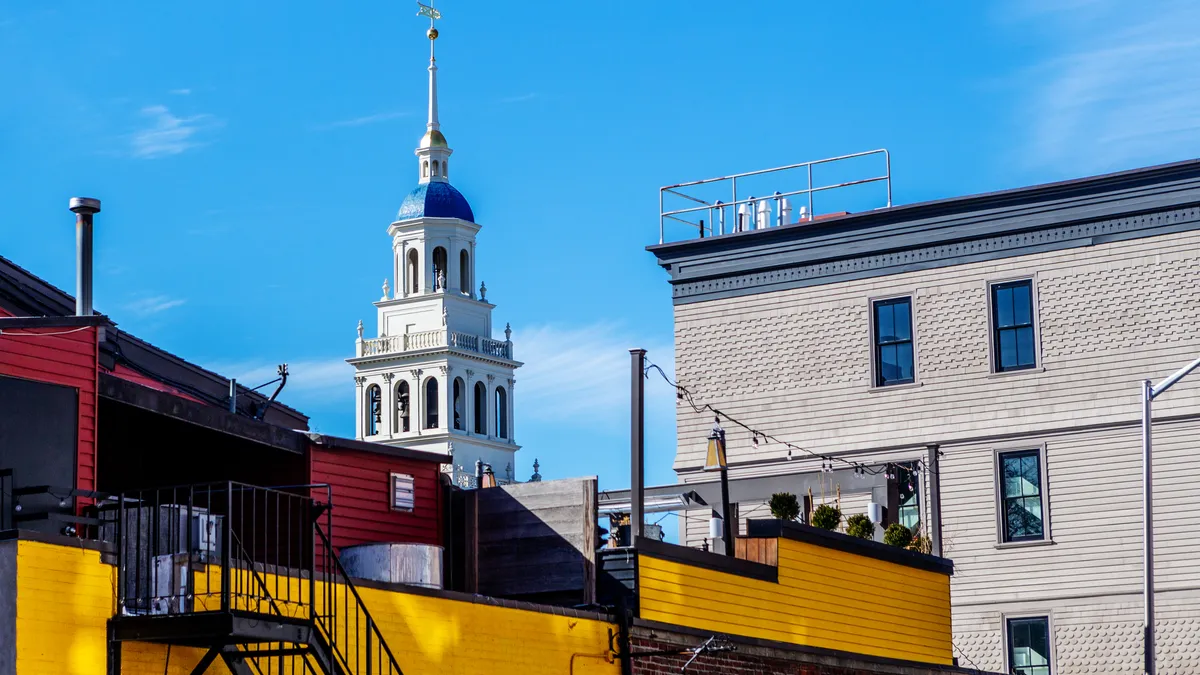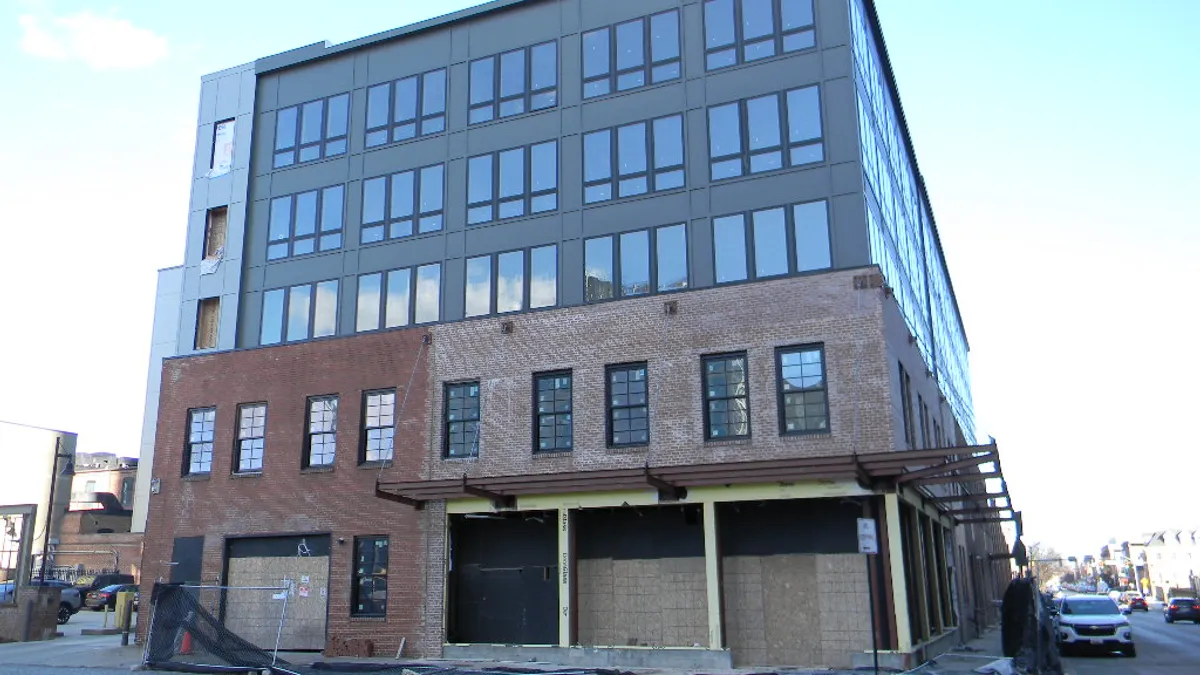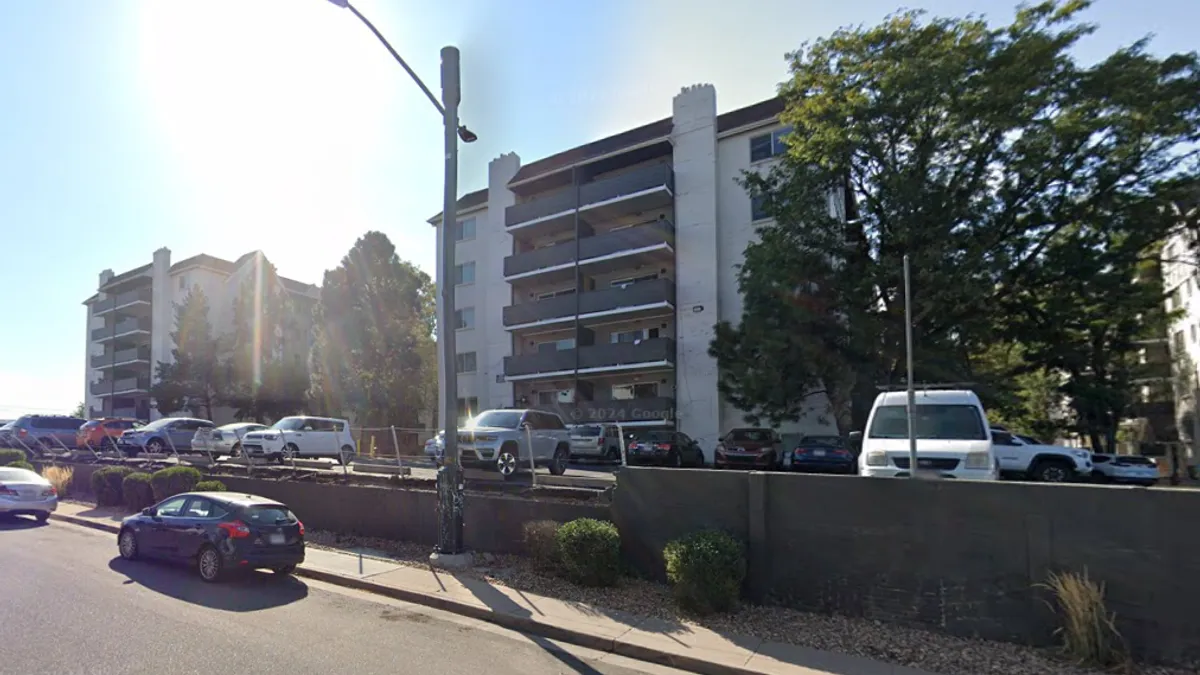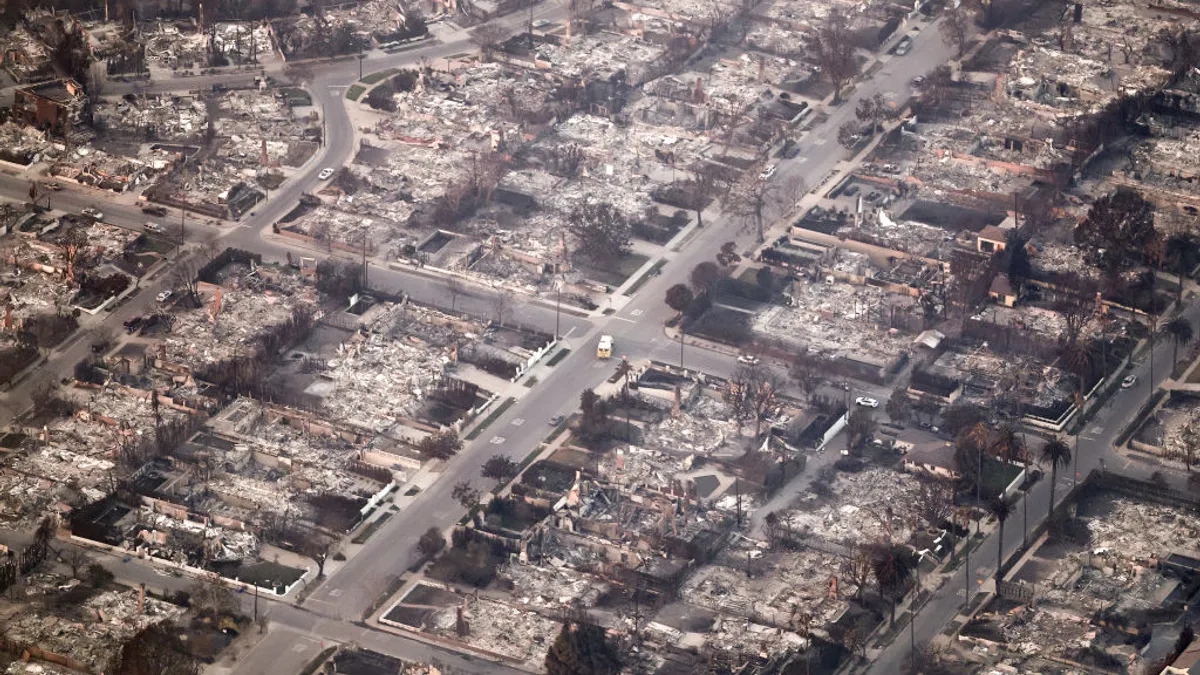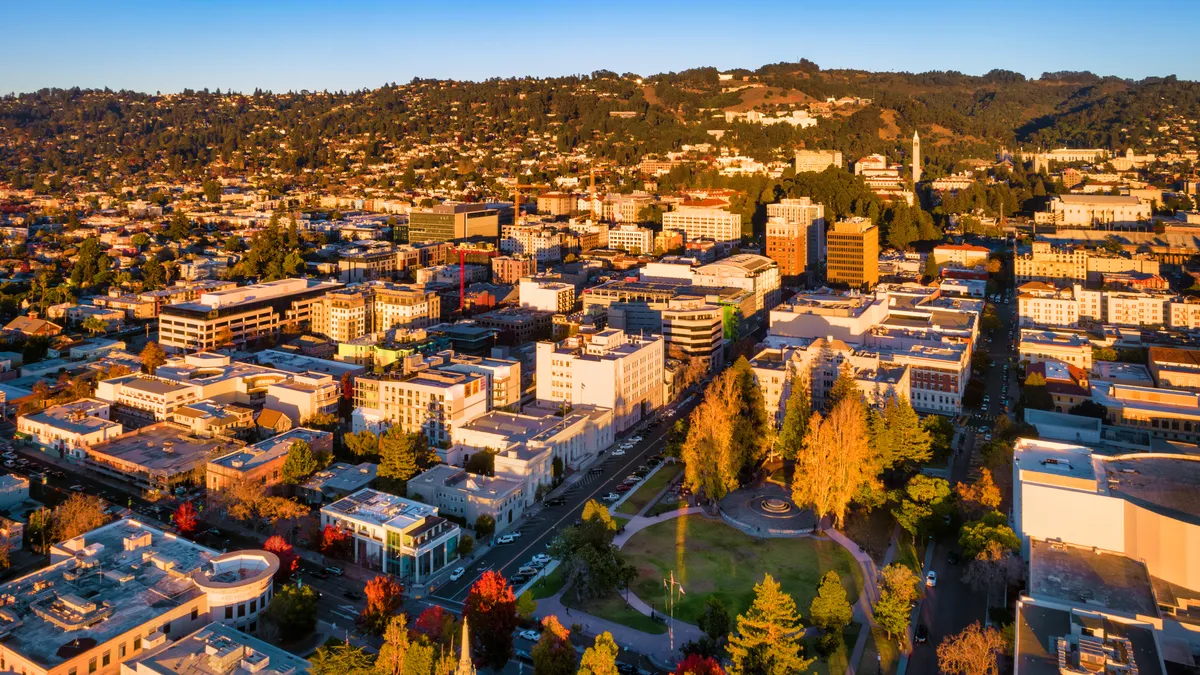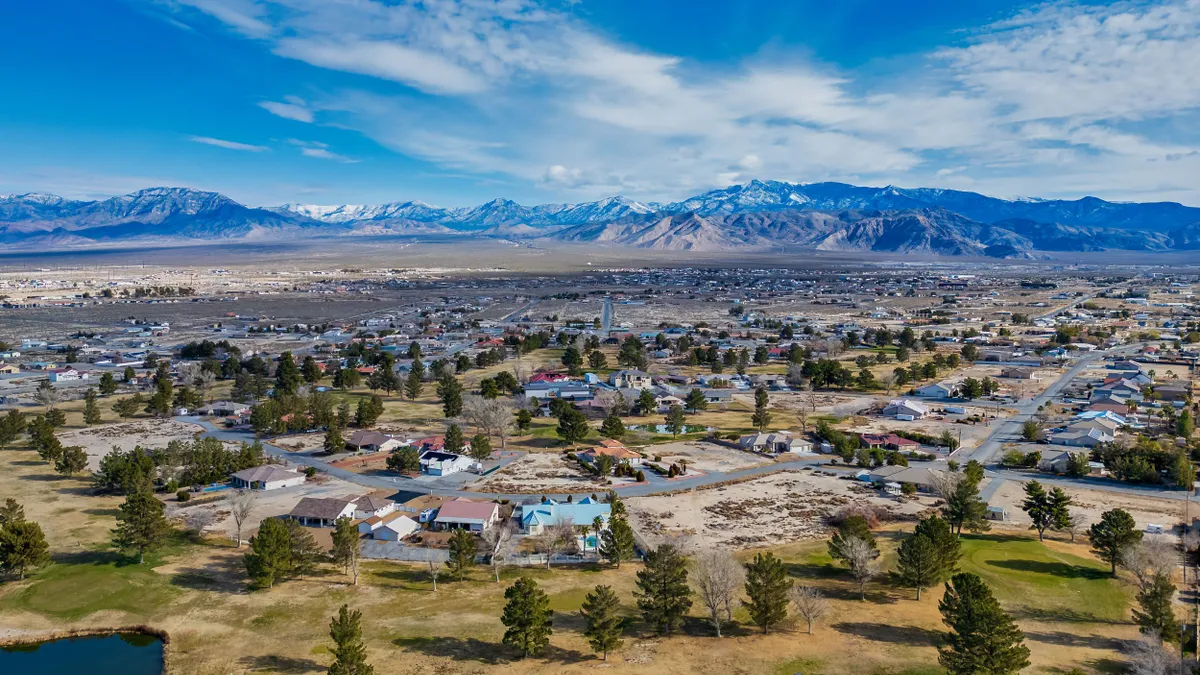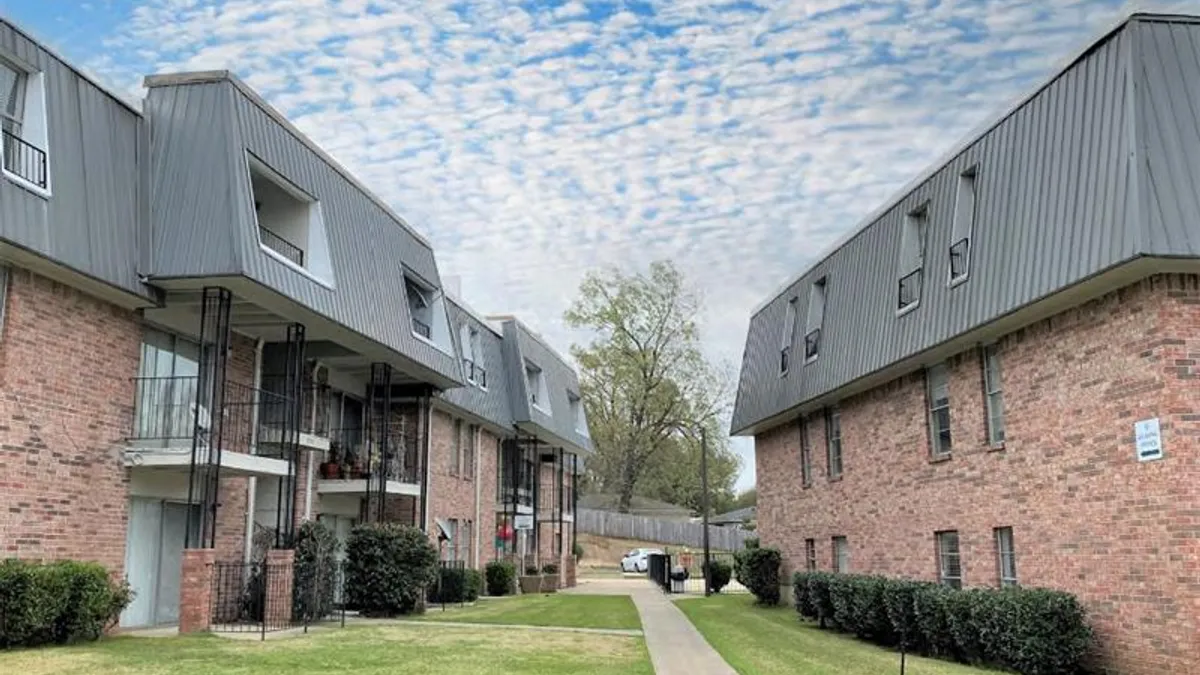Affordable housing development in Cambridge, Massachusetts, has historically been an uncertain prospect.
“The zoning process in the Northeast is very difficult to maneuver, and there's never an end to it,” said Michael Johnston, executive director of the Cambridge Housing Authority. “I could go through all [of the] zoning process, get my approvals and then a neighbor can come along and appeal that in court.”
Johnston recalled one project that was delayed for two years due to the concerns of one neighbor, a commercial building owner. The owner said shadows from a potential affordable development would affect his ability to rent out space in his building.
The Cambridge Housing Authority, which is autonomous from the Cambridge city government, ended up moving the building by three feet. But during the two-year delay, prices rose, and it became a costlier project with fewer units than planned.
Cambridge, a suburb of Boston, has a lack of affordable housing. Land is expensive, and the vacancy rate for all rentals is less than 1%, according to apartment finder Boston Pads, much lower than the 6.6% rental vacancy rate nationally in the last quarter of 2023. In a city of 120,000, the Cambridge Housing Authority’s waitlist for housing is 22,000, Johnston said.
“We have a terrible housing problem,” said Justin Saif, co-chair of A Better Cambridge, which advocates for affordable housing. “As costs have gone up, we've certainly seen higher numbers of people who are unhoused and people who are displaced from Cambridge because they can't afford to rent and they can't find anything else that's affordable.”
While some communities address the shortage of affordable housing by allowing accessory dwelling units or eliminating single-family housing zones, the city of Cambridge has used a 100% affordable housing overlay. The overlay, adopted in 2020, allows more housing density than typical city zoning when that additional density adds permanently affordable housing. The 2023 amendments to the overlay allow taller buildings that provide 100% affordable housing in higher-density zoning districts, major squares and mixed-use corridors, as well as reduce required setbacks for affordable housing citywide. The overlay also creates a new affordable housing review process that’s intended to be more efficient.
The Cambridge Housing Authority had two projects in the design phase when the overlay was passed, Johnston said. The new zoning allowed the organization to add density, eventually housing more people. The two developments will now have a total of 340 units.
Though the overlay has faced pushback from some residents, housing advocates and developers call the policy a success. Now other U.S. cities with their own housing shortages are considering similar policies.
The effects of the affordable housing overlay
Before the overlay passed in 2020, just a few dozen units of affordable housing were approved or under construction in Cambridge, said Magda Maaoui, postdoctoral fellow at Harvard University’s Joint Center for Housing Studies in Cambridge. As of late February, there are eight developments with 727 units underway, plus a dozen more under review.
One of the overlay’s strongest elements is the certainty it provides, Maaoui said. If a developer follows the zoning laws, the project will likely gain approval.
“It's something that's extremely valuable for affordable housing developers,” she said. “It's really costly to not be sure that you're going to be approved. It takes time. It takes money on top of all the different hurdles that affordable housing development represents.”
The overlay also shortens the permitting process, meaning that developers don’t have to hold land that they can’t build on for years. Even though Cambridge has an affordable housing trust that supports developers who acquire land for that purpose, it costs $65,000 to $85,000 a year for a developer to wait for approvals, Maaoui said.
Some have raised concerns that the increased height limits would be incongruent with the historic nature of Cambridge, The Harvard Crimson reported. Buildings can go as high as 12 to 15 stories depending on location.
Maaoui said most buildings will not reach those heights. The overlay gives flexibility, she said. If a developer shifts away from a wood structure to a costlier steel one, they need the ability to build one or two extra levels — and increase the number of housing units — to make up for the higher construction costs, she said.
The additional provisions have allowed the Cambridge Housing Authority to bid on properties it couldn’t otherwise afford because it knows that it can fit more units there, Johnston said.
“Before the [overlay], maybe we could get 35 units there. But if I go ahead and buy the land and I only get 20 units, the numbers aren't going to work. [With the overlay,] I know I'm going to get 40 units,” Johnston said. “I can actually know what my costs are, what it's going to cost to build the property, what the revenue will be after we build the property and what we can afford to do.”
Major hurdles: Two $5 million condos is ‘hard to beat’
Other cities have taken note of Cambridge’s overlay. Nearby Boston and Somerville, Massachusetts; Berkeley, California; and Salt Lake City are considering similar zoning measures, Maaoui said.
Still, the overlay does not solve one of the major hurdles to affordable housing development: financing.
“A private developer that's going to put two $5 million condos on a lot is hard to beat,” Johnston said.
That’s especially true when private and affordable housing developers are both competing for limited federal and state tax credits and private activity bonds. Johnston said to address this, the Cambridge Housing Authority and other groups interested in affordable housing are working on getting a federal law passed that would give public housing authorities greater access to private activity bonds.
The Support Allowing Volume Exception for Federally-Assisted Housing Act, or SAVE Act, was first introduced in the U.S. House in October 2020 but did not make it past the Ways and Means Committee in that session. Rep. Ritchie Torres, D-N.Y., plans to introduce the SAVE Act in the U.S. House, but his office said in an email that it can’t yet share specifics on when that will happen.
Overlays similar to Cambridge’s could work in other areas around the country with high costs of living and a need for affordable housing, said Saif of A Better Cambridge, which advocated for the overlay. It can also be adapted based on local needs.
For cities considering these zoning changes, communication is key, Maaoui said. Cambridge sought the support of residents, neighborhood coalitions and city councilors by explaining the policy in straightforward language, she said. The city also discussed how to address parking, congestion and other concerns about the impacts of more dense neighborhoods.
“The reform in Cambridge was absolutely technical … it's about changing documents and maps,” she said. “At the same time, you need to do that work around what it's going to mean from a design perspective, from a built environment perspective.”
Johnston said interested cities need to talk about the real effects of adding affordable housing.
“We get hung up on [that] your building's going to be a foot closer to the sidewalk,” he said. But even a change that small could result in a larger development. “That could house four more families.”


